Three-minute tsunami alerts
17 May 2013
One of the many things geoscientists do is to try and understand earthquakes: how, when and where they might happen. Earthquakes often happen at what are known as plate boundaries – places where pieces of the Earth’s crust (the rocky ‘skin’ of the Earth we stand on) collide with each other. Many of the places where these plates collide are under the sea. This means that if there is an earthquake, the shock produced can cause the water above it to move up and down, like ripples in a pond. When these ripples reach the coast, they can cause tsunamis, which are incredibly large and powerful groups of waves. Tsunamis travel very fast and can lead to the destruction of buildings, and sadly even the loss of lives. German scientist Andreas Hoechner and his team have now found a way to provide people with a quick and accurate warning of the arrival of a tsunami wave using Global Positioning Systems, better known as GPS. GPS (the same technology we use in our mobile phones and satnavs in our cars) are normally used to help us find where we are, but they have other applications too. Underwater earthquakes cause the land of nearby coasts to move up and down. If there are enough GPS stations on the coast, the researchers can measure this movement and use it to find out information about the approaching tsunami. Using GPS data, Andreas can predict the time when a tsunami might hit and may be able to provide warnings of approaching giant waves only three minutes after the initial earthquake. These warnings would be much quicker and more accurate than the current warnings, which can struggle to tell how large a tsunami will be, even up to 10 minutes after the earthquake. This improvement might not seem like much, but it could be the difference between life and death for many. At the moment, there are lots of GPS stations placed around vulnerable areas, such as Japan. Andreas hopes they will soon be used for tsunami prediction so that his method may be put into practice and help to save lives.Find out more
How does GPS work?
The Global Positioning System (GPS) is a network of satellites orbiting the Earth about 20,000 km above the surface. Wherever you are on Earth, if you have a GPS receiver such as a satnav, at least four GPS satellites know where you are. Each satellite can transmit information about where it is at any time. The signals travel at the speed of light and can be picked up by the GPS in your phone or computer, which then calculates how far away each satellite is based on how long it took for the information to arrive. Once your phone has information on how far away at least three of the four satellites are your location can be pinpointed. Why at least three satellites? If you know how far you are from satellite A, B and C independently, and then draw a circle around the position of each satellite (where the distance from the satellite to the edge of the circle is the distance you are from the satellite) the circles will all intersect at one point. This point is where you are located exactly! Your GPS does this each time it locates you, ‘drawing’ a hypothetical sphere (3D circle) around each satellite to find where you are. The more satellites there are, the more accurately your GPS can find you.
Print version
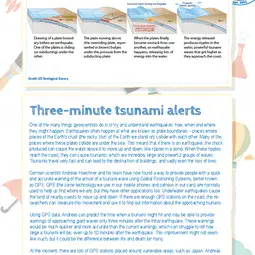
This is a kids' version of the EGU article: 'Three-minute tsunami alerts'. It was written by Jane Robb and reviewed for scientific content by Sam Illingworth and Gemma Smith and for educational content by Marina Drndarski.
Translations
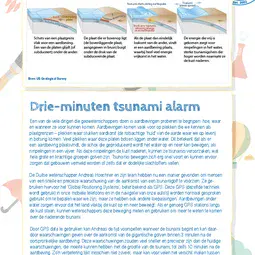
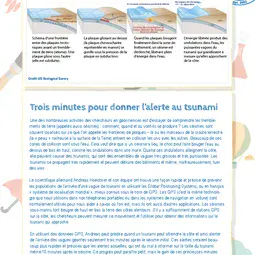
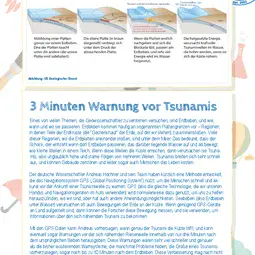
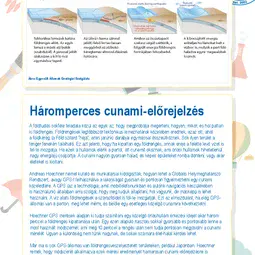
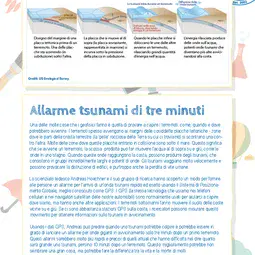
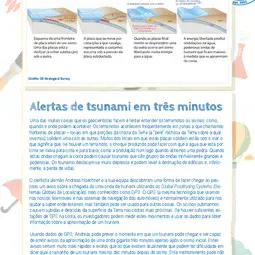
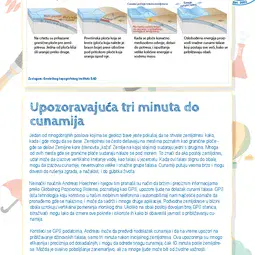
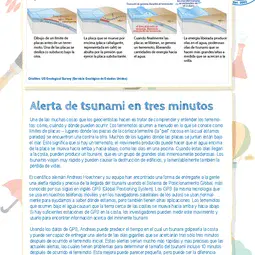
All English-language Planet Press releases are carefully edited, reviewed and proofed, by scientists, educators and EGU staff. Please note that once translated, Planet Press releases receive no further checks from EGU staff. For this reason, we cannot guarantee their accuracy, though we trust the quality of our voluntary translators and are grateful for their work.

